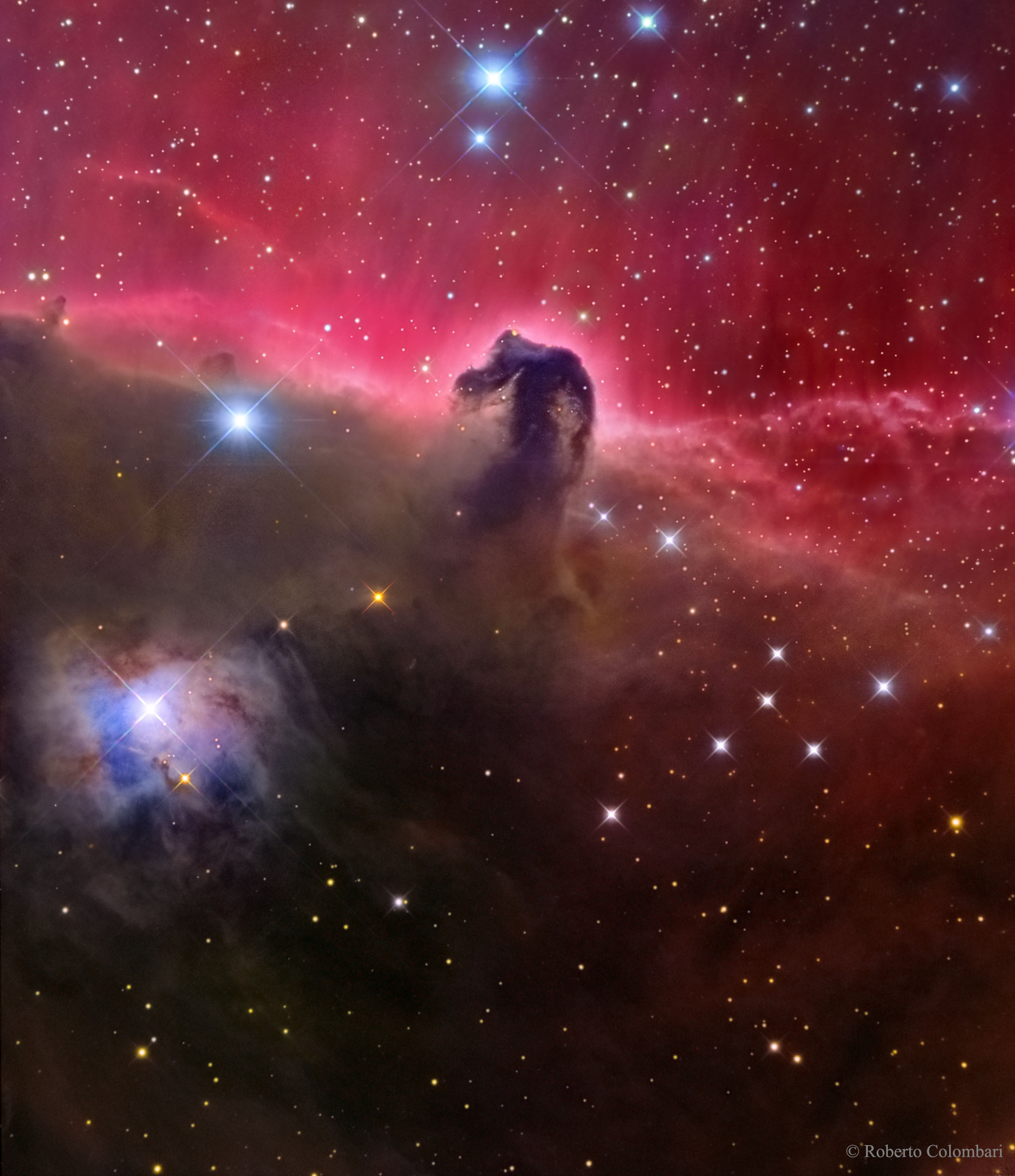dcbrown73
Clueless Winemaker
- Joined
- Mar 28, 2016
- Messages
- 1,221
- Reaction score
- 905
Reason I asked, I know someone with his own observatory and he placed the scope on a very thick pad.
I bet that organization provides for some great learning experiences.
We do! Actually we do monthly lectures from some of the worlds top scientist and it's completely free and open to the public!
Actually, just last Tuesday we had Dr. Daniel Wolf Savin. He gave a great lectures about Chemistry in the Cosmos.
Here are the details:
Dr. Daniel Wolf Savin - senior research scientist from the Astrophysics Laboratory at Columbia University - A Brief History of Chemistry in the Cosmos
Come travel down the cosmic chemical pathway from the Big Bang to the formation of stars and to life as we know it. Our chemical studies have advanced understanding how the first stars formed and how the raw materials needed for life were first synthesized. Join me as I hop, skip, and jump my way across cosmic time and explain key chemical processes along the way.
Daniel Wolf Savin received his Ph.D. in Physics from Harvard University, working at the Harvard-Smithsonian Center for Astrophysics. He was a post-doctoral research physicist at the Space Sciences Laboratory of the University of California at Berkeley. From there he moved to the Astrophysics Laboratory at Columbia University, where he is now a senior research scientist. His research career began in the area of atomic laboratory astrophysics but has since expanded to include molecular laboratory astrophysics, plasma laboratory astrophysics, and solar physics. Dr. Savin was a driving force behind the recent creation of the Laboratory Astrophysics Division (LAD) of the American Astronomical Society and currently serves as the LAD Secretary. He has authored or co-authored over 170 publications and is a Fellow of the American Physical Society.
Next October and again. Completely free and open to the public...
A peek into the future of astronomy, from LSST to Urban Science | Dr. Federica Bianco, Research Scientist at NYU CUSP, the Center for Urban Science and Progress, and in the NYU CCPP Center for Cosmology and Particle Physics.
I will talk about LSST, the largest astronomical survey ever planned, which starting in 2022 will image the entire southern hemisphere sky once every 3 nights to depth and spatial resolution that approach that of the Hubble Space Telescope, and about Urban Science, an emerging discipline where we use astronomical techniques to image and study city lightscapes to study the sociology, ecology, and economy of the city microcosm.
Dr. Bianco studies lightcurves, time series of light, in astronomy, with applications in stellar evolution, cosmology, and solar system science, and in the urban environment at the CUSP urban observatory, where the study of urban lightcurves enables sociological, ecological, economical inference.
She is the co-chair of the LSST Transients and Variable Stars Collaboration: a group of over 170 scientists who are preparing to optimally exploit the revolutionary LSST survey for transient science and to assure that the survey design is suitable to support the study of the transient sky.
This talk is appropriate for High Scool and above audiences with enough included to also engage advanced members.
Of course, we are open to the public (and free) every Wednesday for viewing through our telescopes providing the weather / skies are clear.




![IMAG1025[1].jpg IMAG1025[1].jpg](https://cdn2.imagearchive.com/winemakingtalk/data/attachments/35/35056-db10fb60146ceafd9e52312d873aeb89.jpg)
![IMAG1026[1].jpg IMAG1026[1].jpg](https://cdn2.imagearchive.com/winemakingtalk/data/attachments/35/35057-295329a9c301b6a45bb1572bb3f17afd.jpg)



























































![IMAG1028[1].jpg IMAG1028[1].jpg](https://cdn2.imagearchive.com/winemakingtalk/data/attachments/35/35148-edad521dd121aec81f8262c6ab88c920.jpg)
![IMAG1031[1].jpg IMAG1031[1].jpg](https://cdn2.imagearchive.com/winemakingtalk/data/attachments/35/35149-a4a1f3c9bf5ecbbfbb429ac2e9a69691.jpg)